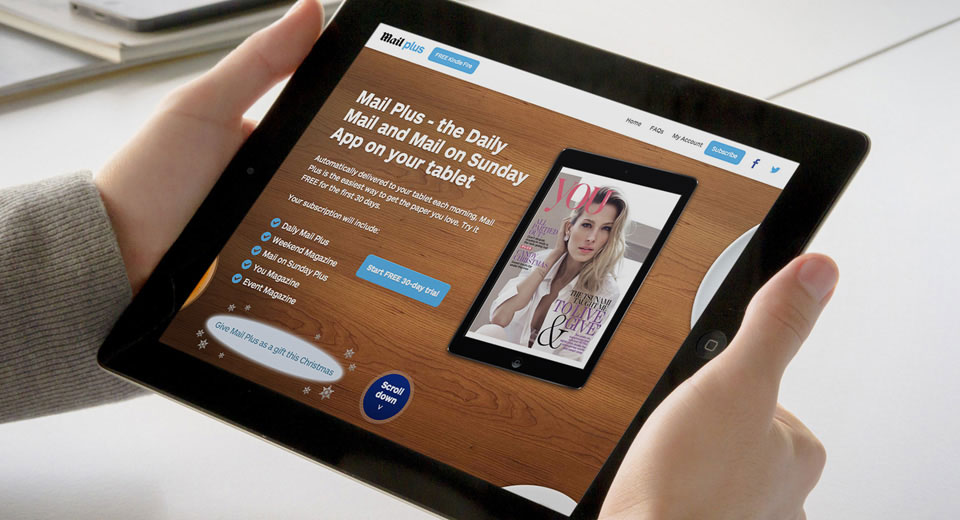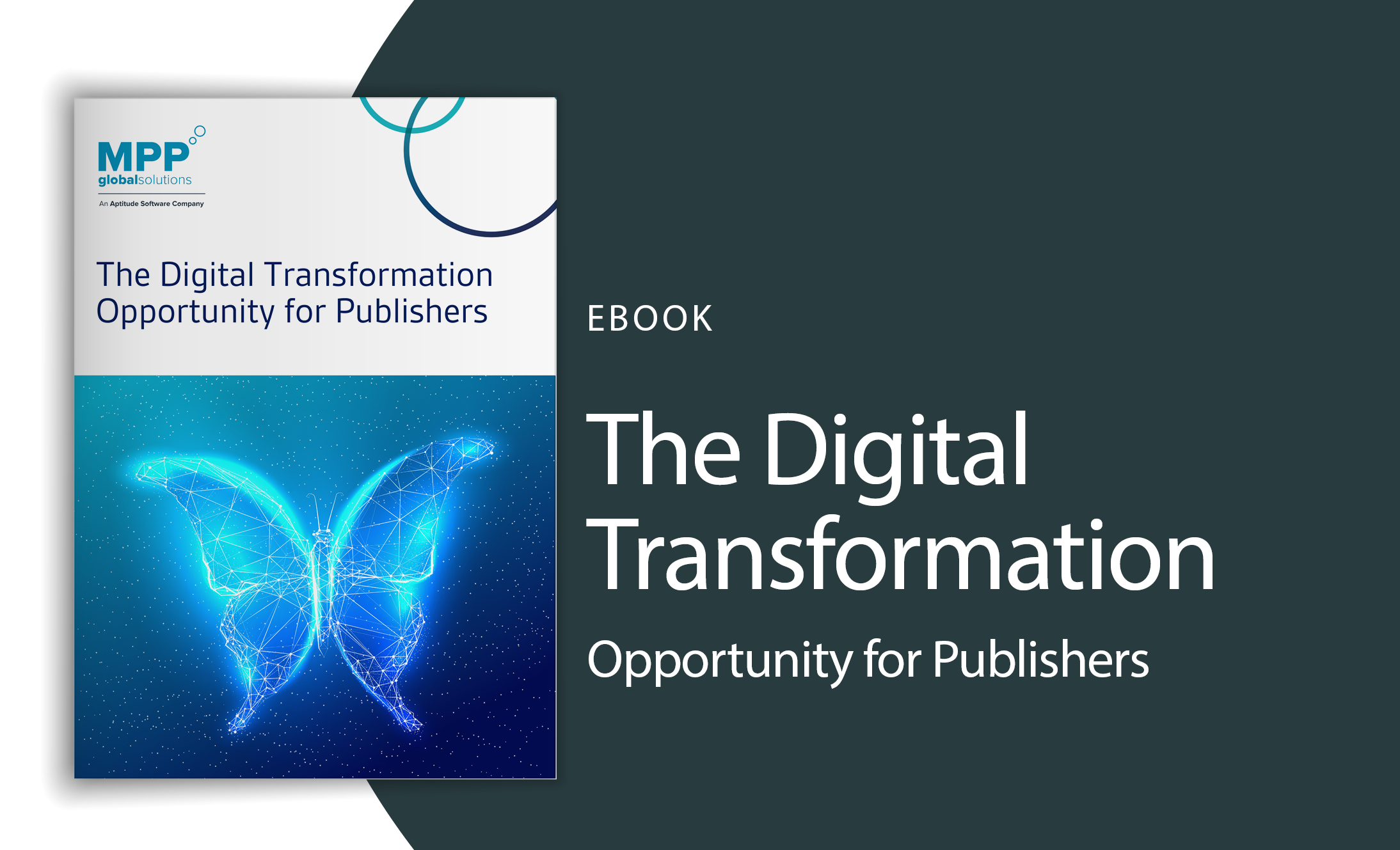eSuite Feature Focus – Centralize Your Product Management with Carts & Bundles
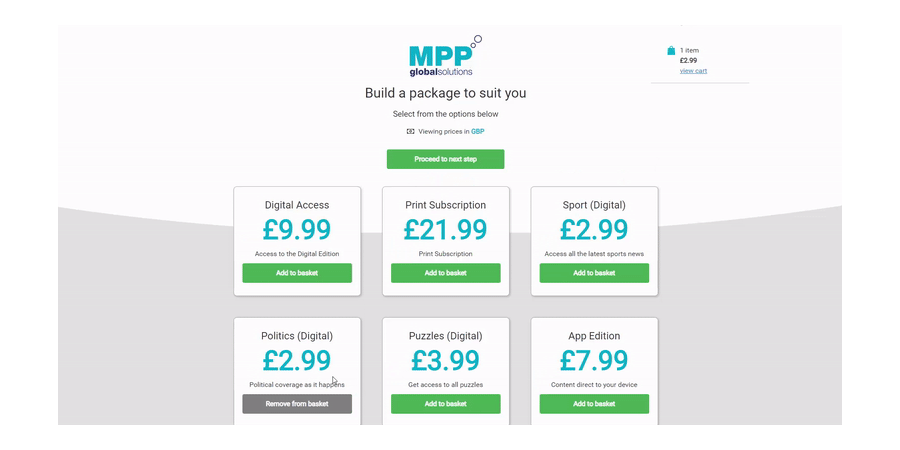
Welcome to eSuite Feature Focus, a new series of blogs covering some of the most important tools eSuite has on offer to provide media organizations with the freedom to deploy flexible business models that drive recurring revenue streams.
The digital age has given us all much more choice and power as consumers, letting us be selective about what content we want and how we want to get it. This is great news but comes at the price of a serious headache for businesses trying to offer that flexibility without the technical architecture to make it happen quickly, even more so in the case of publishers struggling to reconcile the complications of managing physical and digital subscriptions.
Newly launched functionality on eSuite is here to change all of that.
The value for publishers in using carts and bundles is a simple one. Wouldn’t you want your customers to pay you for the content they really want, rather than not pay you at all? While eSuite serves both publishing and video industries, there are huge parallels between the two, and the learnings from one side of the fence could be leveraged on the other.
The common denominator here is that both are content businesses who drive recurring revenues from quality content, brands and products. So, while carts and bundles might not be revolutionary when we consider ecommerce, the latest eSuite developments certainly are for publishers because they offer publishers the ability to transform the way they present offers like these to their customers:

However, in our dealings with publishers around the world we’ve identified five issues that have traditionally held them back from making the most of the opportunities that bundles can offer them. How many of them apply to you?
- The inability to launch print & digital product offerings with ease, quickly
- The inability to centralize the product catalogues (as well as billing, payments and customer management) in a single platform
- The cost to maintain multiple systems and middleman service layers
- The need for technical resource to get products live
- The perception that ‘print is dead’ and publishers need to focus on digital
We know that print isn’t dead, after all, it still accounts for 90% of all publishing subscription revenue, even as digital subscriber numbers continue to rise. It’s finding a way to centralize and maintain the product catalogue with a system that enables publishers to launch offers for print and digital quickly, simply and with minimal involvement from technical resource.
eSuite makes creating these bundles simple, enabling you to collect several products together to sell as a single package with a unique price and contract, all done as quickly and easily by the marketing or customer service teams as by the technical team. This can be to empower customers to pick and choose from content subscriptions or to push certain products to be sold together for a discount.
There are two types of cart publishers can offer their customers via eSuite:
- Consumer-defined cart – This is a typical cart experience as you would expect it, where the consumer selects from content and products (e.g. a regular delivery of the Sunday edition of a newspaper and a digital subscription for reading on the train) and then selects a contract to either purchase or subscribe to. These can be curated and purchased through eSuite SDK or via eSuite API.
- Pre-defined bundle – This is where the business defines a bundle of products (e.g. a regular print/digital subscription) along with a contract to be purchased. These bundles can be purchased via eSuite SDK, API and Virtual Terminal.
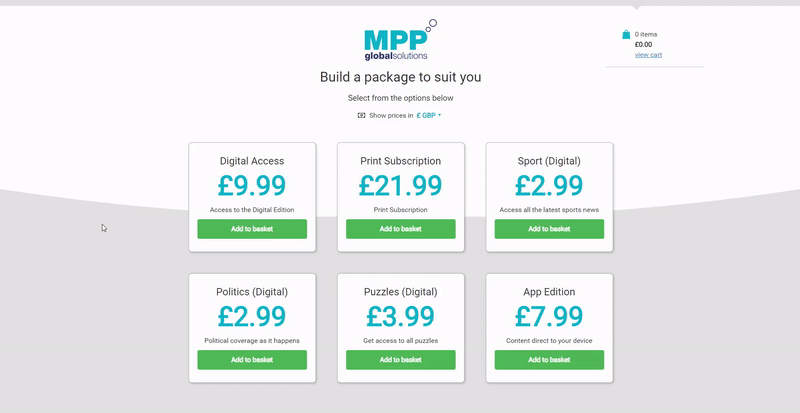
Segmenting and categorizing content enables consumers to choose the products & content they want and with extensible product management capability to centralize omni channel products, content and back-issues, eSuite helps publishers create limitless product offers for packages that can be tailored by the consumer.
Once a product has been created, similar options are available to that of subscriptions, such as editing pricing, tax rates (gross and net pricing) and various currencies, as well as product descriptions or statuses, all available in one centralised product management page.
Of course, just like subscriptions, you can view the pricing matrix and adjust at any time. Another key feature post-product creation is the ability to create one or many product lists. A product list enables clients to categorize their products, opening the ability for clients to display products to the end consumer in a similar way to ecommerce sites, enabling them to filter by category or type.
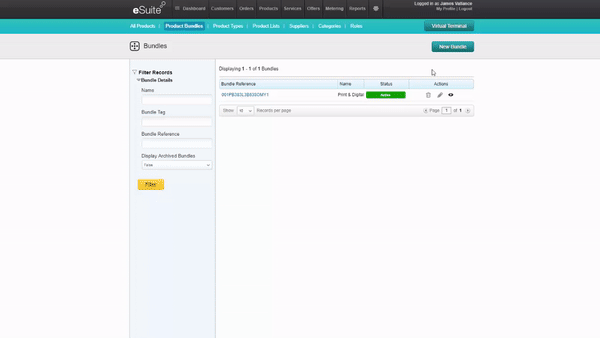
The opportunity to offer bundles works in conjunction with eSuite’s Intelligence & Decisioning module which enables publishers the ability to set rules for the categories consumers are likely to require based on the content they have consumed most frequently, offering greater upsell and cross-sell opportunities. And because eSuite enables publishers to bring physical and digital under one roof, these bundles have the flexibility to really deliver the customizable, varied options that customers want:

eSuite has been designed with the experience of MPP Global’s work with leading media companies from around the world and is now available to transform the way publishers package up their content and engage with their customers. You can find out more about the work we have done with Physical Subscriptions here to see why eSuite is now the complete physical and digital subscriber management platform.
 us
us 



